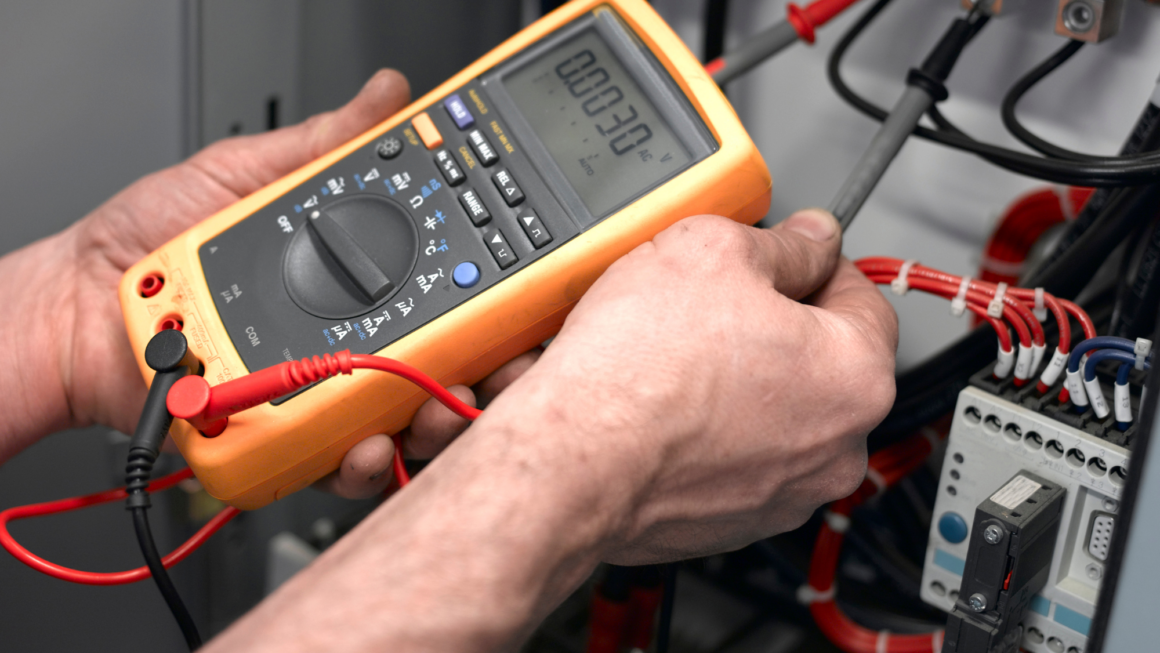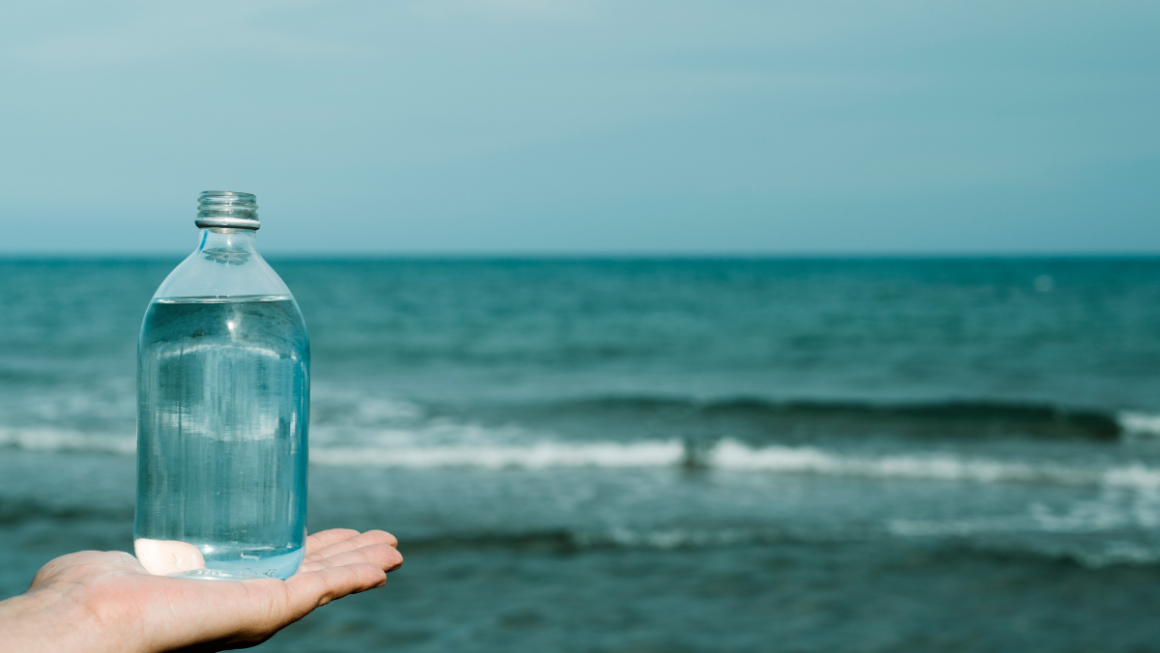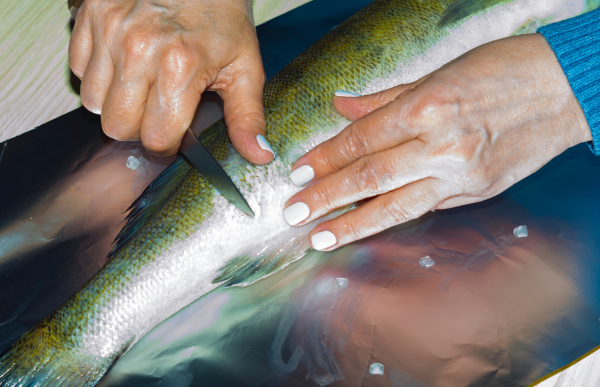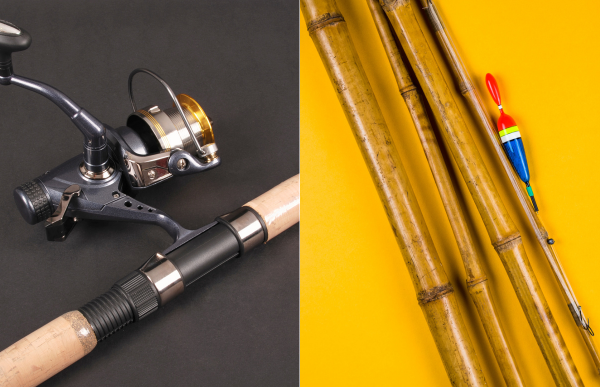Conductivity meters are indispensable tools in water treatment, environmental monitoring, and industrial applications. These devices measure the electrical conductivity of water, which is a direct indicator of the concentration of dissolved solids, such as salts and minerals. Monitoring water’s conductivity can help ensure that water quality meets regulatory standards and supports efficient industrial processes. In this guide, we’ll explore how conductivity meters work, provide step-by-step instructions on their use, and offer expert advice on maximizing accuracy and reliability. We’ll also highlight some of the top brands in the field.
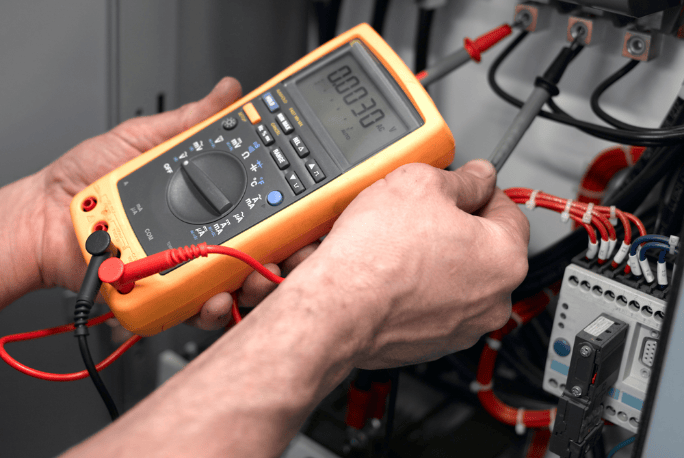
How to Use Conductivity Meters
To achieve accurate and reliable results from a conductivity meter, proper usage and regular maintenance are key. Here’s a step-by-step guide on how to use a conductivity meter effectively:
1. Calibration
Calibration is essential for maintaining the accuracy of your conductivity meter. Over time, sensors can drift, and regular calibration ensures that readings remain consistent and reliable.
- Calibrate Regularly: The frequency of calibration depends on the manufacturer’s guidelines and how frequently the meter is used. In general, calibration before each batch of measurements is ideal, especially for critical applications.
- Use Standard Calibration Solutions: Always calibrate using solutions that have a known conductivity. These solutions are typically measured in microsiemens per centimeter (μS/cm) or millisiemens per centimeter (mS/cm). Choose a calibration solution that is close to the expected conductivity range of your sample to improve accuracy.
- Follow Manufacturer Guidelines: Different meters have varying calibration procedures. Carefully follow the manufacturer’s instructions for calibrating your device, as improper calibration can lead to inaccurate results.
2. Measurement
Proper technique is crucial when measuring conductivity to ensure accurate readings. Here’s how to correctly measure the conductivity of water samples:
- Rinse the Probe: Always rinse the conductivity probe with distilled or deionized water before each use to remove any residues from previous measurements that could contaminate the current sample.
- Submerge the Probe: Fully immerse the probe into the water sample, ensuring that the entire sensor portion is underwater. The depth of submersion varies by device, but the probe should be deep enough to avoid surface-level contaminants or bubbles.
- Stir Gently: Stir the sample gently to eliminate any air bubbles that might cling to the probe, as these can cause incorrect readings.
- Wait for Stabilization: Give the meter a few moments to stabilize before taking a reading. Most modern meters will alert you when the reading is stable.
- Record the Reading: Note the conductivity value once it stabilizes. If you’re using a meter with automatic temperature compensation (ATC), the reading will already account for temperature variations.
3. Maintenance
Maintaining your conductivity meter is vital for ensuring longevity and accurate performance.
- Clean the Probe: Over time, residue and buildup can affect the sensitivity of the probe. Follow the manufacturer’s cleaning instructions, which may involve soaking the probe in a cleaning solution or using a soft brush to remove debris.
- Proper Storage: When not in use, store the probe in distilled water or a specific storage solution recommended by the manufacturer. Avoid letting the probe dry out, as this can cause permanent damage.
- Probe Replacement: Conductivity probes wear out with time and use. If you notice consistent inaccuracies or visible damage, replace the probe to maintain reliable performance.
4. Temperature Compensation
Water conductivity is highly dependent on temperature, so temperature fluctuations can skew your readings. Many modern conductivity meters come equipped with Automatic Temperature Compensation (ATC), which automatically adjusts the conductivity reading based on the water temperature.
If your meter does not have ATC, you’ll need to manually correct for temperature using the correction factor provided in the meter’s user guide. Generally, for every 1°C change in temperature, the conductivity of water changes by about 2%.
Expert Advice for Using Conductivity Meters
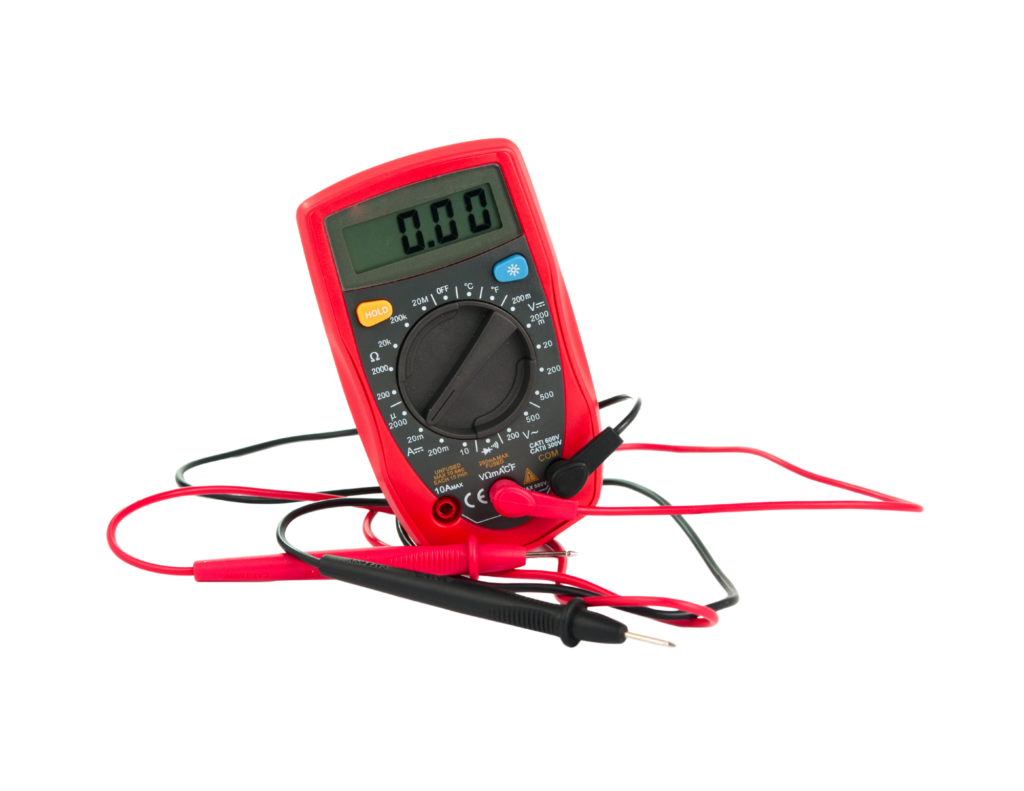
Beyond basic usage, expert tips can help you get the most accurate and reliable results from your conductivity meter.
1. Understanding Units
Conductivity is typically measured in microsiemens per centimeter (μS/cm) or millisiemens per centimeter (mS/cm), with 1 mS/cm equal to 1,000 μS/cm. Different applications require different ranges of conductivity:
- Freshwater typically measures between 50 and 1,500 μS/cm.
- Seawater, by comparison, has a much higher conductivity, around 50,000 μS/cm.
2. Cell Constant
The cell constant of a conductivity probe determines the range of conductivity the meter can measure. Choose a probe with a cell constant appropriate for your expected conductivity range:
- K = 0.1: Suitable for low conductivity measurements (e.g., ultrapure water).
- K = 1.0: Ideal for general-purpose applications (e.g., drinking water).
- K = 10.0: Best for measuring high conductivity in seawater or industrial applications.
3. Sample Handling
Ensure that the sample is well-mixed and at a stable temperature before measurement. Homogeneous samples help avoid variations in readings. Always use clean containers to prevent contamination.
4. Avoiding Contamination
Cross-contamination can significantly impact the accuracy of your results. Use separate beakers for calibration solutions and your water samples, and rinse the probe between each measurement to prevent carryover.
5. Regular Accuracy Checks
Even with frequent calibration, it’s a good idea to periodically verify your meter’s accuracy using a known standard solution. If the readings start to deviate, recalibrate the meter or check for possible sensor damage.
Recommended Brands for Conductivity Meters
Several reputable manufacturers produce high-quality conductivity meters for a variety of applications, from fieldwork to laboratory analysis. Here are some of the top brands:
1. YSI
YSI is known for producing robust and accurate meters, particularly suited for environmental monitoring and fieldwork. Their meters are durable and offer a range of features like automatic temperature compensation and multi-parameter functionality.
2. Hanna Instruments
Hanna Instruments offers a wide range of conductivity meters, from basic handheld models to advanced laboratory meters. Their meters are designed for ease of use, making them popular for both beginners and professionals.
3. Thermo Scientific
Thermo Scientific provides high-precision meters ideal for research and industrial applications. Their conductivity meters offer advanced features, including multiple calibration points and high measurement accuracy.
4. Mettler Toledo
Mettler Toledo is renowned for its high-end conductivity measurement solutions, designed for both laboratory and industrial use. Their meters are favored for their precision, reliability, and extensive range of features.
5. Extech Instruments
Extech provides cost-effective conductivity meters suitable for general-purpose applications. While more affordable, Extech’s meters still offer solid performance for day-to-day conductivity measurements.
Conductivity meters are invaluable tools in water treatment, industrial processes, and environmental monitoring. Accurate conductivity measurement helps ensure water quality, assess contamination levels, and optimize various industrial processes. By properly calibrating, using, and maintaining your conductivity meter, you can ensure reliable readings and optimal performance. Selecting a quality meter from a reputable brand will also contribute to the longevity and precision of your measurements.
Always consult with water quality professionals or analytical chemists for critical applications to ensure that you’re using the right equipment and methods for your specific needs

